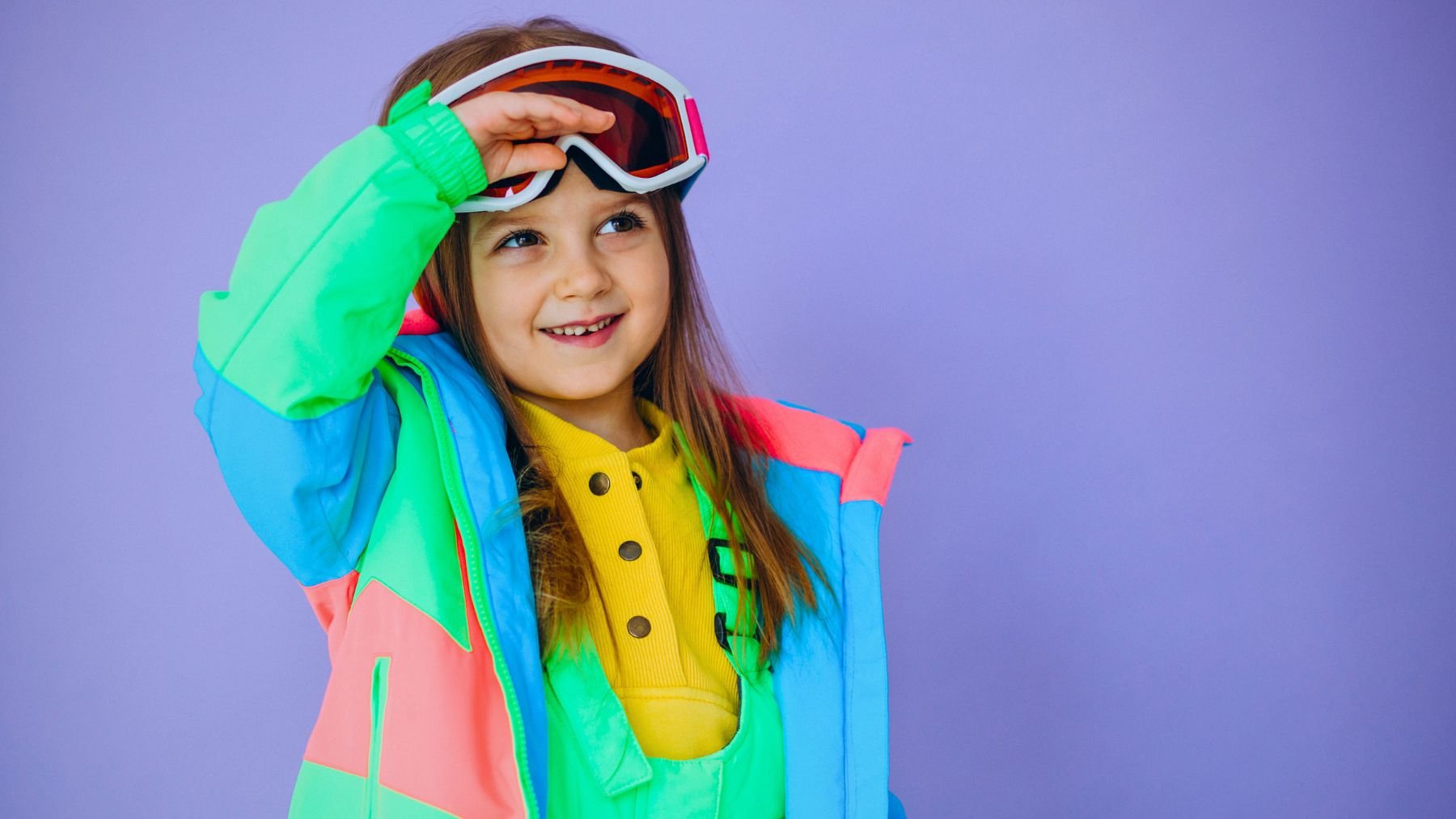When parents think about sports for kids, baseball, football, and basketball are usually top of mind. However, another sport builds strength, balance, confidence, and independence, and it doesn’t get nearly enough attention in the US.
That sport is skiing. It’s often seen as a vacation activity or something reserved for kids who live near the mountains, but skiing can be much more than a seasonal hobby. It pushes kids to manage their bodies, their gear, and their decision-making on the move. In this article, we’ll look at how this activity can help kids grow more autonomous and how parents can help them get started safely.
Skiing: a strong sport for kids to develop autonomy
Skiing teaches kids to trust themselves. Every time they go down a slope, they make dozens of micro-decisions, such as how to shift their weight, when to turn, how to stop, and how to stay in control. There’s no coach on the field or teammates shouting directions. That independence is a big deal for kids still learning how to be confident on their own.
As managing skis and poles on varying terrain demands full-body control, it also builds physical coordination and balance. Over time, that physical mastery gives them a sense of agency that carries over into other areas of life.
Skiing also requires kids to be responsible for their gear. From buckling boots to carrying skis and learning how to layer their clothing properly, there are several moments when they need to think ahead and make decisions. These tasks may seem small, but they add up to a stronger sense of autonomy.
And while it’s often seen as a solo sport, it’s also social. Children join group lessons, wait in lift lines, and often ski with peers. They learn to take turns, watch out for others on the slopes, and follow safety rules. It combines the benefits of individual skill development with teamwork.
How to help your child start skiing safely
Getting into skiing takes a bit of planning, but it doesn’t have to be overwhelming. Here are a few things parents can do to make it easier and safer:
- Start with professional lessons: Look for instructors who have experience with young children. Group lessons help kids learn skills in a structured, social setting.
- Choose beginner-friendly slopes: Stick to green runs and gentle hills while your child is learning. A good experience early on builds confidence.
- Dress in layers: Kids need to stay warm, but not overheat. Use moisture-wicking base layers, an insulated middle layer, and a waterproof outer shell.
- Prioritize safety gear: A properly fitted helmet is non-negotiable. Goggles, gloves, and ski socks made for cold weather will keep your child comfortable.
- Teach basic etiquette: Explain the importance of staying in control, giving others space, and following posted signs on the mountain.
- Encourage independence: Let them carry their gear, zip up their jackets, and be part of the prep process.
Skiing may not be the most accessible sport for every family, but if you have the opportunity to try it, it can be a great way for your child to gain both physical skills and personal independence. With the right support, kids learn quickly and often love the freedom that skiing offers.

